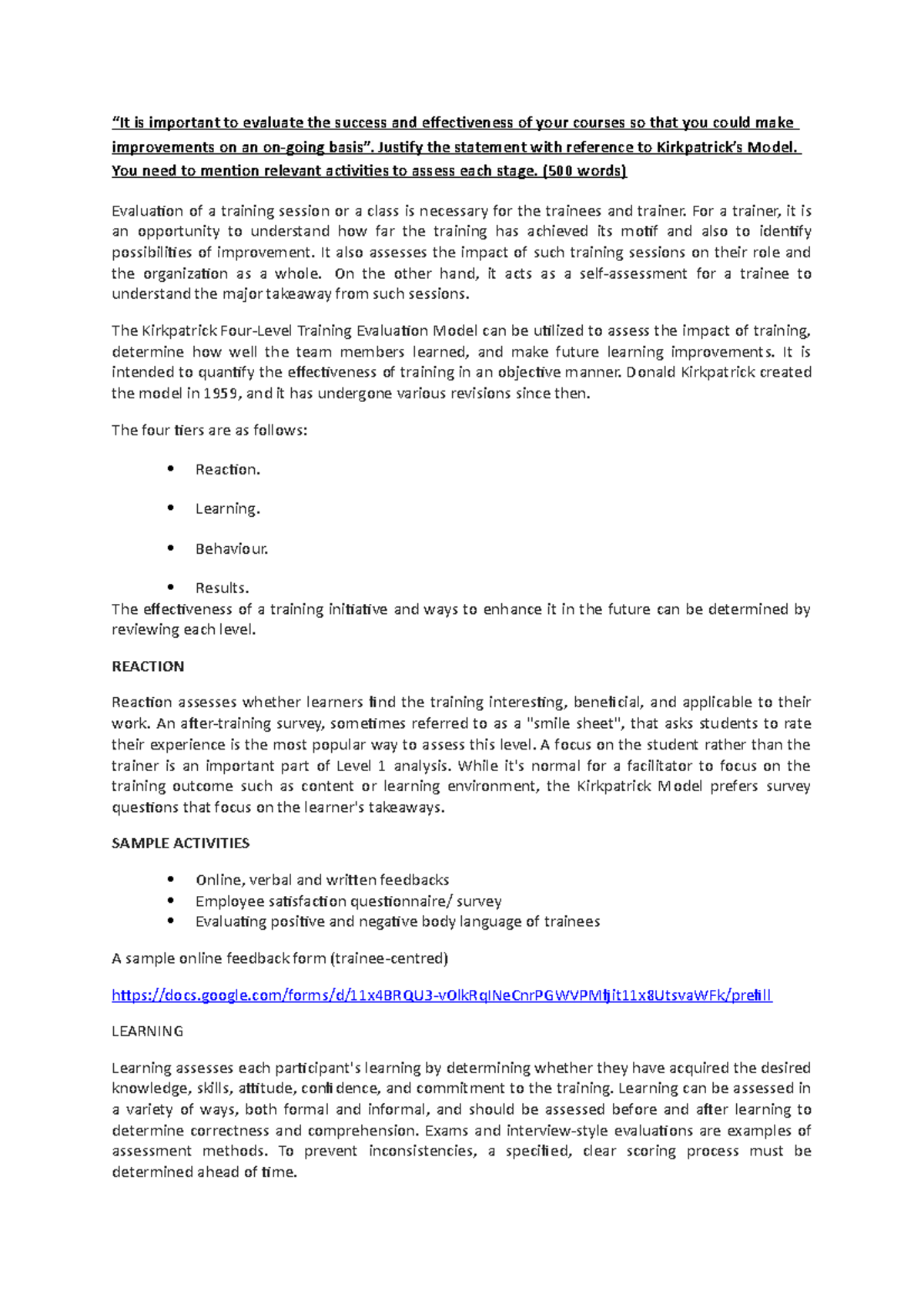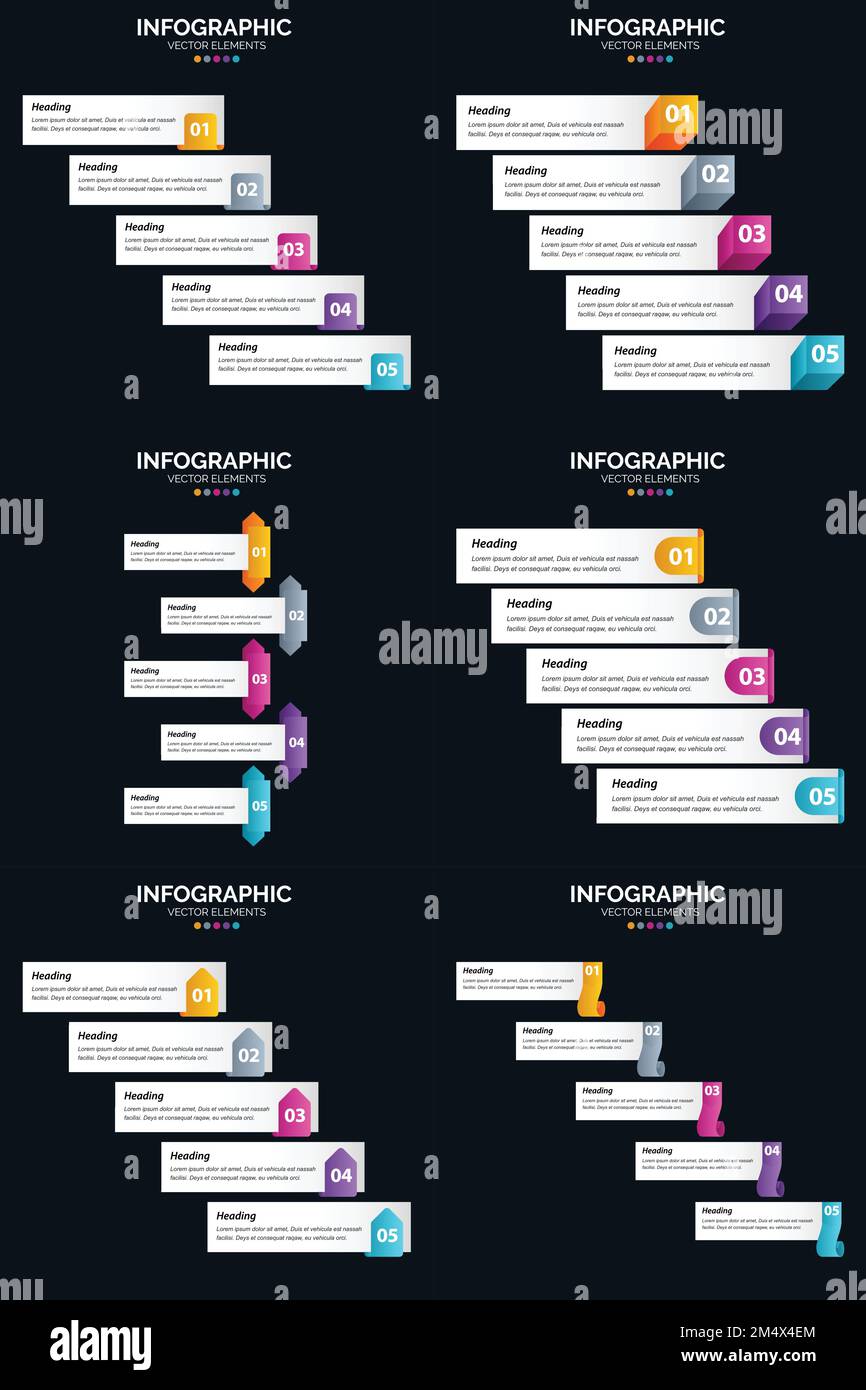Some corporate
marketers
may create blog articles such as
owned media
as part of
content marketing
. Blog articles may have the purpose of conducting
SEO
measures and attracting customers.
Among them, “summary articles” are one of the effective contents that help increase the number of accesses. If you can publish high-quality summary articles, it is not a dream to rank first in search results for promising keywords.
However, many people may be concerned about whether it is enough to just list
links
even though it is called a summary article. Therefore, this time, I will explain the outline of a summary article, how to create it, and the key points on how to create it.
What is a summary article?
A blog article summary article literally posts links to various articles on the blog, summarizes and clearly conveys that there are articles like this, and provides appropriate guidance to other articles on the site. This is an article for.
A blog has the feature of being able to post a large number of articles, but as the number of articles increases, the amount becomes enormous, such as 50 or 100 articles. Then, readers who visit that blog post get stuck in a maze.
Try to put yourself in the reader’s shoes. You only want to read articles about topics that interest you. However, even if you look at the links to a large number of articles on a blog, you won’t know which one is a priority for you. This is where a summary article comes in handy.
A summary article is a page that collects internal links from individual articles into one article. However, we do not collect all individual articles.
For example, let’s say a marketer wants to start using Instagram. I happened to find a blog article on “How to start using Instagram” on Google search, and after reading through it, I decided that I wanted to read the article on “How to create an Instagram account” next. You may also be interested in the article “Tips for attracting customers on Instagram.” If there is an article that covers the information that people who want to start using Instagram would be interested in, they would want to access it. You may also want to add it to your bookmarks.
A blog article like this, which has links to related individual articles for each theme, is generally called a “summary article.”
In the first place, it is difficult to solve the problems of all readers with a single blog article. If I were to cover all the information about answers to the various questions that arise on a single topic, it would be a very long and complex article. Long and complicated articles can be a chore for readers to read through, and even searching for articles that are of interest to them can be a chore. In the first place, many users who search on the Internet are likely to want to find information quickly and easily on their smartphones.
Even if people are interested in the same topic, each person has a different level of knowledge and what they want to know more about. Therefore, it is unkind to the reader to try to force the whole story into one article. If you want to sell a product or service or generate leads, you need to meet
the needs
of your readers. This summary article will help you do that.

Purpose of summary article
Be sure to check what the purpose of the summary article is.
First, it’s important to create a summary article for your readers. Some people may create summary articles for SEO purposes, but you should always keep in mind the original purpose.
Your readers could be potential customers. We encourage you to aim for kind and helpful articles.
In order to provide useful content to your readers, you need to write a proper summary article. I will explain how to create a summary article later, but if you have a summary article, it will be easier to find what you are looking for even if the number of articles increases, so you will not lose convenience.
People who visit the summary article can proceed to the individual article based on the keyword they searched for, or return to the summary article when they want to know more about the same theme after reading the individual article. You can use it as an article.

Benefits of summary articles
Summary articles have many benefits. We will explain the main benefits.

Can provide clarity
Summary articles can provide clarity to readers.
No matter how much information you provide to your readers with a huge amount of article content, it is meaningless if the readers do not search for the information they want on their own. Having a summary article makes it easier for readers to find the information they want without getting lost. By appropriately creating a summary article that acts as a guide, you can provide readers with easy-to-understand information.
If you can convince your readers that your site is easy to understand, you will be able to get them to read more articles and have a good impression of your company.
Also, some readers don’t know what they need to know, that is, they don’t even know what information they want. In such cases, summary articles can be useful. This is because summary articles can appropriately convey relevant information about a single theme to readers.

Saves readers the trouble of searching
By looking at summary articles, you can save your readers the trouble of searching. To do this, you need to link to relevant information that will be useful to your readers. Assuming that the readers who searched for this keyword would also want this information, be sure to set up relevant links.
Read by readers with more search intentions
Summary articles are articles that can be conveniently used by readers with various search intentions. There are likely to be many different search intentions for a single keyword. If you have a summary article, you can expand the range of readers with various search intentions. As a result, you can attract more people.
On the other hand, individual articles that are collected and linked into a summary article can be meaningful for readers who want to know more detailed information by limiting the information to a certain number of readers.
Improved stay time and mobility
Generally speaking, creating a summary article will improve the length of stay and circulation. The reason is that summary articles make it easier to understand related articles that readers are interested in. If you have summary articles, you can expect to increase the user circulation rate, the number of accesses to each article, and the length of time spent on the site.
If dwell time and circulation improve, more readers will read multiple pages. This will increase their level of understanding and satisfaction, which may result in them becoming more promising prospects for your company.
It will strengthen your SEO measures.
Summary articles are effective for SEO measures. Summary articles have multiple internal links, so there are many internal links within the blog. This will improve the crawlability of
search engines
such as Google, making it easier for your page to improve its rating and increasing your chances of showing a high ranking in search engines. In terms of SEO, it is said that adding internal links will increase the effectiveness of SEO.
In addition, the time spent on a blog is considered to be one of the factors that determines Google’s search ranking. By posting internal links, the articles connected by the link will each receive more access, which will lead to an increase in the length of time spent on the blog as a whole, and will also lead to a decrease in the bounce rate.
Bounce rate is the probability that a reader will quickly leave the page they first visit. Summary articles link a variety of content, making it easier for readers to find something that resonates with their interests, which can contribute to lower bounce rates.

General structure of a summary article
Let’s check the structure of an article, which is generally called a summary article.
The summary article will be roughly structured as shown in the diagram below.
To explain the structure in detail, there is a lead sentence at the beginning, and below that there are headings surrounded by “H2
tags
“, and there is a summary of each theme. Immediately after that, a link to an individual article that explains the topic in detail is placed, along with an introductory sentence such as “For more information, please see this article.” Arrange about 5 sets of “heading + summary + link” like this.
For example, let’s say you’re creating a summary article with the keyword and theme of “SEO measures.” In this case, articles related to “SEO measures” will be summarized as shown in the diagram below.
In this way, summary articles differ from ordinary individual articles in that they include headings, summaries, and links.

How to create a summary article
Let’s take a look at how to create a summary article.
Decide on search keywords and article themes
First, decide what kind of “search keyword” you want your summary article to rank high in search engines. Next, decide on the target audience, although this is not limited to summary articles. Search keywords determine what the reader is looking for.
For a regular article, you simply find a search keyword that meets your needs and make it the theme of the article, but for a summary article, the article you want to summarize must already exist on your blog, so check for stock articles (past articles). .
Among the stock articles, find a genre that has 5 or more articles and about 10 articles, and find keywords that are in high demand from there. Please create an article with the image of a summary of about 5 articles.
Select blog articles and decide on the structure
Next, we will solidify the specific content of the article.
The standard number of stock articles to be included in the summary article is between 5 and 10 articles. The number of articles to be summarized is neither too many nor too few. This is because too much information confuses the reader. Also, if there are too many, people will lose concentration and more people will drop out. On the other hand, if you publish too few articles, it will feel unsatisfactory, so please consider at least 5 articles.
To select articles to summarize, collect articles that use the search keywords you set in step 1, or compile articles that are highly related to each other.
Once you have selected the stock articles to be included in the summary article, you can decide on the structure. As I introduced earlier, the structure is created by arranging about 5 sets of “heading + summary + links”.
Post internal links to each other
I will explain in detail the part I mentioned earlier about link installation. Link installation means posting a link of an individual article to a summary article. This will create internal links that allow readers to move from a summary article to an individual article, or from an individual article to a summary article.
It is generally said that strengthening internal links improves SEO. SEO is optimizing for search engines, and search engine crawlers such as Google crawl your homepage to understand what kind of
homepage
it is.
When it comes to SEO, it is important to create a website or individual page structure that is easy for crawlers to navigate. Having internal links on your site also makes it more useful for crawlers. This is because it is easier to see the overall image of the homepage.
What if a crawler visits your blog and doesn’t notice it, even though it’s full of useful information for Google search users? It’s a loss, isn’t it? In order to be crawled by crawlers, it is necessary to connect articles with internal links.
Of course, the original reason for installing internal links is to make it easier for readers to navigate your blog articles, but understand that it is also kind to search engine crawlers.
The important thing to keep in mind here is to clearly indicate the content of the individual article being linked to in the anchor text. Anchor text is a string of characters that creates a link.
For example, in the previous summary article on “SEO measures,” I decided to link to the article “8 SEO techniques that beginners can use right away.” In this case, when linking to the entire article title “8 SEO methods that beginners can use right away,” the part that says “8 SEO methods that beginners can use right away” will be the anchor text. This makes it easier to understand what the link is about.
However, what if, for example, you put a link only in the “Click here” section of “Click here for details”? You don’t know what the details are, and you’re probably wondering where you’re going when you click here. Of course, some people may be able to tell what lies beyond “this” if they try to read the blog article carefully. However, this can only guide some people.
Making your anchor text more understandable not only improves the overall accessibility of your web page, but also makes it easier for crawlers to understand, which is good for SEO.
write the main text
Write the main body of the summary article according to the proposed structure. I will write each heading and summary, but I will write the summary briefly to make it easier to understand. If the summary contains too little explanation, it will not function as a summary article, so it is a good idea to keep it concise and write each item as clearly as possible, with around 300 to 400 characters.
Of course, please be aware that if the text is too long, the amount of information will be the same as an individual article, and it will no longer be a summary article.
Publish it and make adjustments as needed.
We will publish a summary article. After publication, we will use access analysis tools to understand the trends of users who visit the article and make adjustments as needed.
Stock articles are adjusted and updated when new articles are published. When you publish a new article, find summary articles that have been compiled in the past on the same or related topics, and add links to them. This will make the summary articles more complete and useful for your readers.
Also, if you delete or unpublish a stock article for various reasons, be sure to check the summary article and also delete the link to the deleted article. If you leave broken links from stock articles unattended, the page’s rating will drop when crawlers visit it, and your search rankings may drop.
Please be aware of adding links after publication to improve the quality of the summary article.

Learn the difference between summary articles and table of contents/category pages!
When people hear a summary article, many people mistakenly think that it means creating a page with a table of contents arranged in rows or a page with article titles arranged by category. However, the summary article we are introducing this time is completely different from the table of contents page or category page.
Table of contents pages and category pages serve as navigation throughout the blog, while summary articles serve as curation.
Navigation is the role of a guide that guides the blog as a whole, in the sense of directions and directions to a destination. In other words, it is not a main page, but a page that plays a secondary role.
On the other hand, curation means “selecting, collecting, and organizing information” and “editing collected information according to a specific theme and giving it new meaning, value, and perspective.” Although it has some role in navigation, it is basically positioned as one main article.
Note that there are not many examples of table of contents pages or category pages being displayed at the top of search engine results. This is because table of contents and category pages are not user-friendly as information to be posted on search engines.
Summary articles, on the other hand, tend to rank higher because they are more user-friendly, and often rank higher than individual articles.
Points to keep your summary article from becoming just a table of contents (category) page
So what can you do to prevent your summary articles from becoming just another table of contents page or category? We have summarized the main points.
Enrich the information in the same way as individual articles
Make sure to include as much information in summary articles as you would in individual articles. A summary article with a one-line explanation of the link destination has poor usability and may be interpreted by crawlers as a table of contents or category page.
Enriching information does not just mean increasing the number of characters, but also includes information that is easy to understand for readers and useful for those who want to know more. Being kind and thorough in your explanations is also important in summary articles.
In addition, one way to enrich a summary article is to include supplementary information that could not be conveyed in the individual articles, as well as explanations from an objective, bird’s-eye view.
Add any missing information to the summary article
When creating a summary article, you will often think about the complementarity of information. You may find yourself thinking, “It would be useful for readers to have this information, and it would improve their understanding.”
At times like this, when you come across information that is missing or information you would like to add, you will probably search for it by asking, “Are there any individual articles that contain the missing information?” However, if there is no such individual article, you must create one.
In this way, we recommend that you create summary articles from time to time, including adding more individual articles for information that is missing from the summary articles. By adopting this attitude, you can prevent summary articles from becoming just a table of contents page or categories.
Where should I place the link to the summary article?
Once you have created a summary article, you will want to place a link to the summary article itself in your blog in an easy-to-understand manner. Summary articles that have a high number of accesses and are in high demand can be posted in a prominent position on the blog’s top page.
The most appropriate places to place links to summary articles are at the bottom of the main text of individual articles and in the side menu. Individual articles are summary articles and related articles for each theme. For example, it would be convenient for readers to post a summary article on “SEO measures” under the article “What is SEO measures?”
A side menu is a sidebar menu on the right or left side of a blog that contains links to your profile, past blog posts, etc.
This allows readers to be guided to useful information in summary articles without interfering with their information research activities.





